Table of Contents
This Your Money or Your Life summary explores key insights from the book “Your Money or Your Life” by Vicki Robin and Joe Dominguez which provides a nine-step program for achieving financial independence.
Introduction
The book encourages readers to become more mindful about their spending habits and to view money as a form of “life energy” that is traded for material possessions and experiences.
The book, Your Money or Your Life, aims to help individuals identify their true values and align their finances with those values, thereby achieving a sense of fulfillment beyond the pursuit of wealth. The authors argue that financial independence goes beyond simply having enough money; it involves a transformation of one’s relationship with money and the ability to live a life free from the pressures of consumerism.
The authors present a nine-step program as a roadmap designed to help individuals transform their relationship with money and ultimately achieve financial independence. This program isn’t just about budgeting or investing; it’s about a fundamental shift in perspective, recognizing that money is equivalent to life energy, and then using that knowledge to live a more fulfilling and purposeful life.
Money = Life Energy: A Paradigm Shift
The cornerstone of the program is the profound concept that money equals life energy. This equation serves as a wake-up call, highlighting that every dollar we earn represents a piece of our finite time on Earth. When viewed through this lens, spending money becomes more than just a transaction; it becomes an exchange of our precious life energy for goods and services.
This realization has the power to revolutionize the way we view our finances and make decisions. Suddenly, mindless spending feels less appealing, and we become more conscious of how we’re allocating our most valuable resource – our time.
Debunking Common Money Myths
The authors challenge prevalent societal beliefs about money, exposing them as myths that often lead us astray. They encourage us to question these assumptions and form our own understanding of money’s role in our lives. Here are some of the myths they deconstruct:
● Money = Security: While financial stability can provide a sense of security, the authors argue that true security originates from aligning our lives with our values and purpose. It’s about cultivating inner peace and a sense of self-worth that isn’t contingent on external factors like a fluctuating bank balance.
● Money = Power: The authorss acknowledge that wealth can grant power, but they point out that true power can also stem from qualities like integrity, compassion, and a commitment to making a difference8. They cite examples like Gandhi, who demonstrated immense power through his values and actions, not through material wealth.
● More Money = More Happiness: This widely accepted belief is challenged by the authors, which highlight the diminishing returns of material possessions. They argue that once our basic needs are met, more money doesn’t necessarily translate into greater happiness or fulfillment. Instead, they advocate for focusing on experiences, relationships, and meaningful pursuits that genuinely enhance our lives.
The Nine Steps: A Transformative Journey
The authors outline nine steps to help individuals break free from these limiting money myths and achieve financial independence:

1. Making Peace with the Past:
This step involves calculating your lifetime earnings and accounting for all past income. It’s about acknowledging and understanding your financial history without judgment or blame, creating a foundation for making conscious choices moving forward.
2. Being in the Present – Tracking Your Life Energy:
step requires meticulously tracking every dollar that comes in and goes out of your life. By keeping a detailed Daily Money Log, you gain awareness of your spending habits and identify areas where you might be unconsciously leaking life energy.
3.Where Is It All Going?:
This step focuses on analyzing your tracked spending patterns and categorizing your expenses. The authors suggest using a Monthly Tabulation to organize your spending and then evaluating each category through the lens of fulfillment and purpose.
This step involves asking yourself three key questions about each expenditure:
■ Did I receive fulfillment in proportion to the life energy spent?
■ Is this expenditure in alignment with my values?
■ How might I feel about this spending if I didn’t have to work for money?
4. How Much Is Enough?:
This crucial step involves defining your “enough” point – the level of material comfort and financial security that provides maximum fulfillment without excess. The authors emphasize that “enough” is not about deprivation but about aligning your spending with your authentic needs and values. By identifying your “enough” point, you can break free from the constant pursuit of more and focus on what truly matters.
5. Seeing Progress:
To keep your financial goals in sight, this step involves creating a Wall Chart that visually plots your monthly income and expenses. This visual representation of your progress serves as a powerful motivator, encouraging you to stay on track and make adjustments as needed.
6. Valuing Your Life Energy – Minimizing Spending:
This step focuses on implementing frugality strategies to reduce your expenses without compromising your quality of life. The authors offer a wealth of practical tips and techniques for saving money on housing, transportation, food, entertainment, and more. They highlight the importance of mindful consumption and making choices that reflect your values and priorities.
7. Valuing Your Life Energy – Maximizing Income:
This step encourages you to examine your work life and find ways to increase your earning potential while remaining true to your values and integrity. It might involve seeking a promotion, negotiating a raise, exploring alternative career paths, or starting a side hustle that aligns with your passions.
8. Capital and the Crossover Point:
This step introduces the concept of the “Crossover Point” – the moment when your passive income from investments equals or surpasses your monthly expenses. Reaching this point signifies financial independence, as you no longer need to rely on paid employment to cover your living costs. The authors provide guidance on calculating your Crossover Point and developing investment strategies to reach this milestone.
9. Managing Your Finances:
The final step focuses on managing your finances effectively to maintain financial independence over the long term. It involves learning about different investment vehicles, seeking expert advice when necessary, and regularly reviewing your investment portfolio and expenses.
The Fruits of Financial Independence: Living a Purposeful Life
The program emphasizes that financial independence is not an end in itself but a means to living a more fulfilling and impactful life. By freeing yourself from financial constraints, you gain the freedom to pursue your passions, contribute to your community, and spend your time in ways that align with your deepest values.
The authors share inspiring stories of individuals, referred to as “FIers,” who have successfully implemented the nine-step program and are living proof of its transformative power. They’ve used their financial freedom to:
● Pursue their passions: Some FIers have used their newfound time and flexibility to travel the world, start creative businesses, pursue artistic endeavors, or simply dedicate themselves to hobbies they love.
● Contribute to their communities: Many FIers have become active volunteers, supporting causes they care about, and using their skills and resources to make a positive difference in the world.
● Live more intentionally: FIers often report a greater sense of purpose and meaning in their lives. They’ve learned to prioritize experiences, relationships, and personal growth over material possessions, leading more balanced and fulfilling lives.
Why You Should Read this Book
Primary Focus of the Book
The primary focus of the book is to guide readers towards transforming their relationship with money and achieving financial independence.
This involves understanding the true value of their time and aligning their spending with their values and life purpose. The book argues that financial independence is not just about having enough money, but about having enough time to live a fulfilling life. The authors encourage readers to shift from a mindset of “more is better” to one of “enough,” emphasizing that true fulfillment comes from aligning spending with personal values, not from accumulating material possessions.
Intended Audience for the Book
The book is intended for anyone who feels dissatisfied with their current financial situation or wants to live a more fulfilling life. This includes people who are struggling to make ends meet, those who feel trapped in the “rat race,” and even those who are financially successful but still feel unfulfilled. The book’s introductory section specifically addresses those who answer “no” to any of the following questions:
- Do you have enough money?
- Are you spending enough time with family and friends?
- Do you come home from your job full of life?
- Do you have time to participate in things you believe are worthwhile?
- If you were laid off from your job, would you see it as an opportunity?
- Are you satisfied with the contribution you have made to the world?
- Are you at peace with your money?
- Does your job reflect your values?
- Do you have enough savings to see you through six months of normal living expenses?
- Is your life whole? Do all the pieces—your job, your expenditures, your relationships, your values—fit together?
Key Concepts and Principles
The book introduces several key concepts:
- Money = Life Energy: This principle emphasizes that money represents the time and energy we spend earning it. By tracking our spending and converting it into the hours of life energy spent, we gain a deeper understanding of the true cost of our lifestyle choices.
- Financial Intelligence: This involves understanding our money behaviors, getting out of debt, and building a financial cushion to gain greater control over our finances.
- Financial Integrity: This involves aligning our spending with our values and defining “enough” to experience fulfillment and reduce clutter in our lives.
- Financial Independence: This is achieved by generating enough passive income to cover our basic needs and comforts, freeing us from the need for paid employment.
- Fulfillment Curve: This illustrates that there is a point of “enough” where our fulfillment peaks. Beyond this point, additional material possessions lead to diminishing returns and ultimately to clutter and dissatisfaction.
Actionable steps and Strategies
The core of the book is a nine-step program designed to help readers achieve financial independence. These steps are presented as practical exercises and strategies that readers can implement.
Real-life Examples and Case Studies
The book features numerous real-life examples and case studies to illustrate the concepts discussed.
These stories showcase individuals from various backgrounds who successfully applied the book’s principles to transform their financial lives and find greater fulfillment.
Addressing Challenges
The book acknowledges common challenges people face in managing their finances, such as overspending, debt, consumerism, and the pressure to keep up with societal expectations.
It offers solutions to these challenges by encouraging readers to examine their beliefs about money, track their spending, define their values and life purpose, and make conscious choices about how they spend their time and money.
Methodology and Approaches
The book advocates a “whole systems” approach to personal finance. It emphasizes that our financial life is interconnected with all other aspects of our lives, and that true financial well-being comes from integrating our values, purpose, and spending habits.
Exercises and Assessments for Self-Evaluation
The book includes various exercises and assessments to help readers gain self-awareness and track their progress. These include:
- Lifetime Earnings Calculation: To quantify the total life energy traded for money.
- Monthly Tabulation of Expenses: To monitor spending patterns.
- Real Hourly Wage Calculation: To assess the true value of paid work.
- Fulfillment Evaluation: To assess the level of fulfillment derived from various spending categories.
- Values and Life Purpose Clarification: To align spending with what truly matters.
- Wall Chart: To visually track progress towards financial goals.
Follow-up Resources and Further Reading
The book provides a comprehensive list of additional resources and recommendations for further reading. These resources cover a wide range of topics related to personal finance, simple living, and spirituality.
Why This Book is Different
Several factors distinguish “Your Money or Your Life” from other personal finance books:
- Focus on Life Energy: The book’s unique emphasis on money as life energy allows readers to view their financial decisions through a new lens, understanding the true cost of their choices.
- Whole Systems Approach: The book’s integration of personal values, life purpose, and spending habits offers a holistic perspective on financial well-being, going beyond mere budgeting or investment advice.
- Emphasis on Fulfillment: The book prioritizes finding fulfillment and contentment over accumulating wealth, challenging the conventional notion that more money equals more happiness.
- Path to Financial Independence: The nine-step program provides a clear roadmap for achieving financial independence, empowering readers to take control of their financial future.
By combining practical financial strategies with a deeper understanding of our relationship with money, “Your Money or Your Life” offers a unique and transformative approach to achieving both financial freedom and a more fulfilling life.
Conclusion
The nine-step program presented in the book provides a holistic framework for achieving financial independence and living a more meaningful life. It’s not a get-rich-quick scheme but a journey of self-discovery and conscious living.
By embracing the principles of Financial Intelligence, Financial Integrity, and Financial Independence, you can break free from the limitations of the traditional money paradigm and create a life that reflects your true priorities and values. This path requires dedication and effort, but the rewards are immeasurable – a life of freedom, purpose, and the ability to make a positive impact on the world.
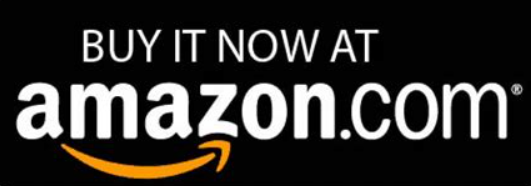
Enjoyed this Your Money or Your Life summary? Check out these other book summaries on managing your money here
You may also like:
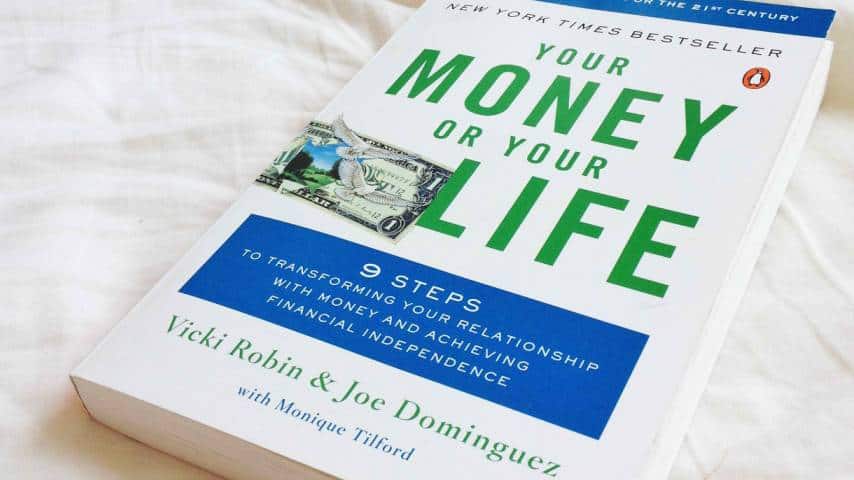

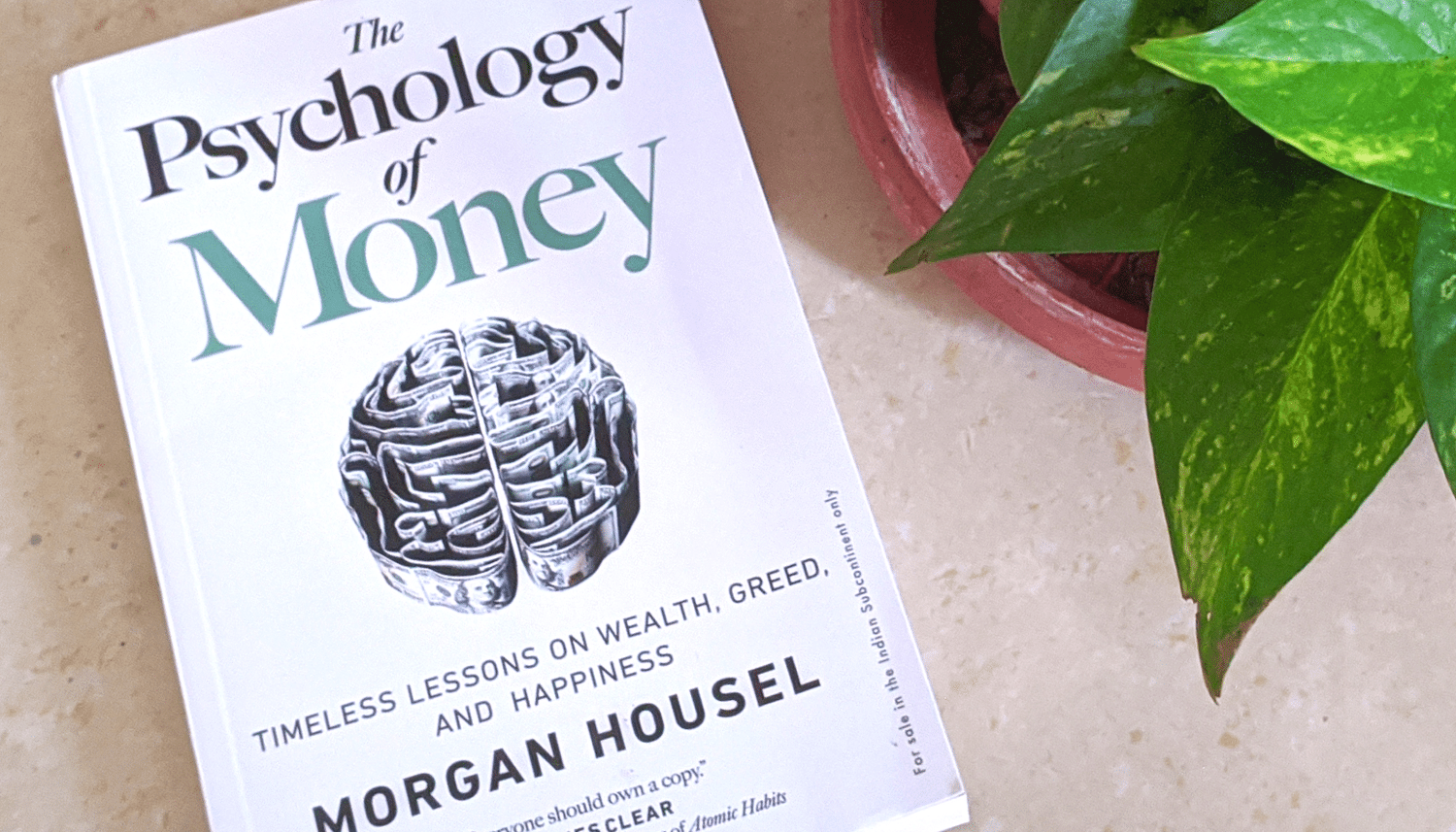
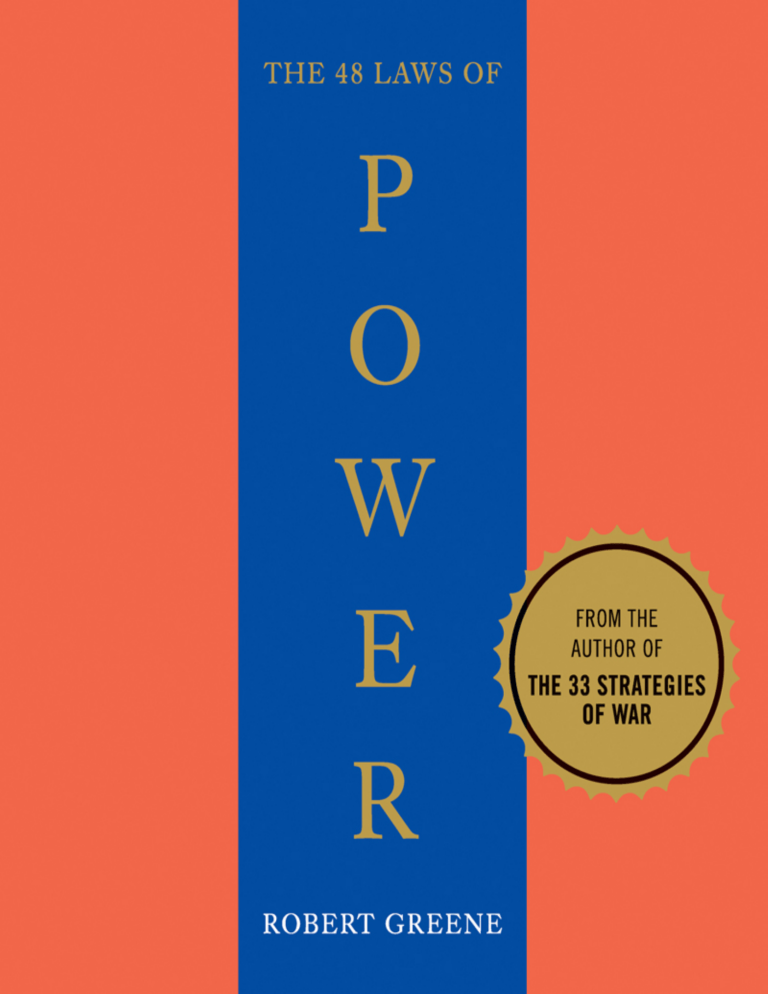

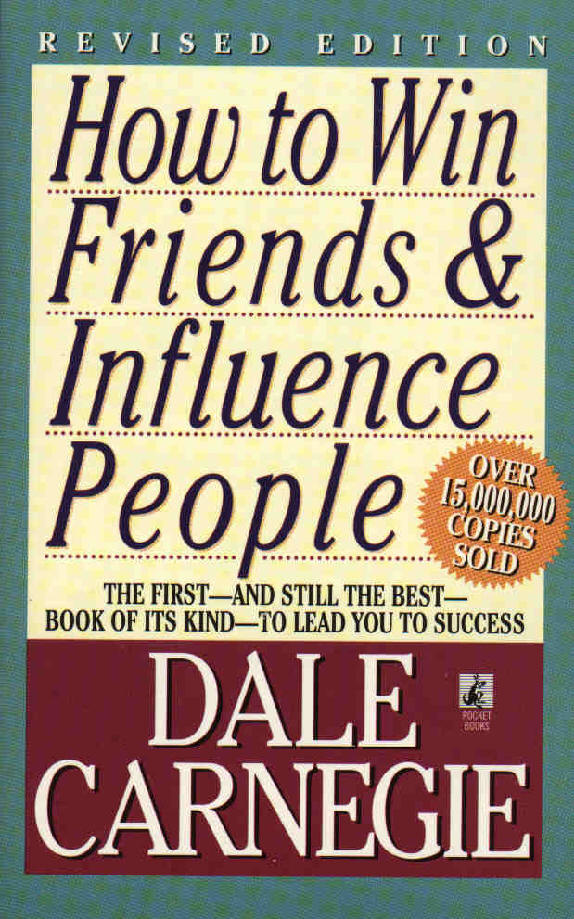


Leave a Reply